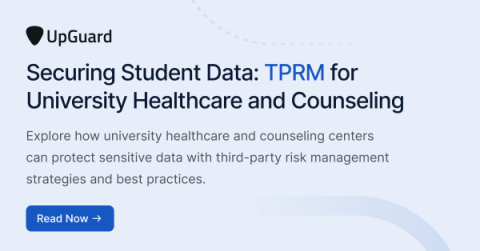2024 Security Trends Unveiled: Merging Cyber & Physical Realms
Dive deep into the future of security with our latest video, "2024 Security Trends Unveiled: Merging Cyber & Physical Realms." Kerstin Demko, our CSO, shares invaluable insights from the 2024 Trends Report, highlighting the evolving landscape where cyber and physical security converge.










